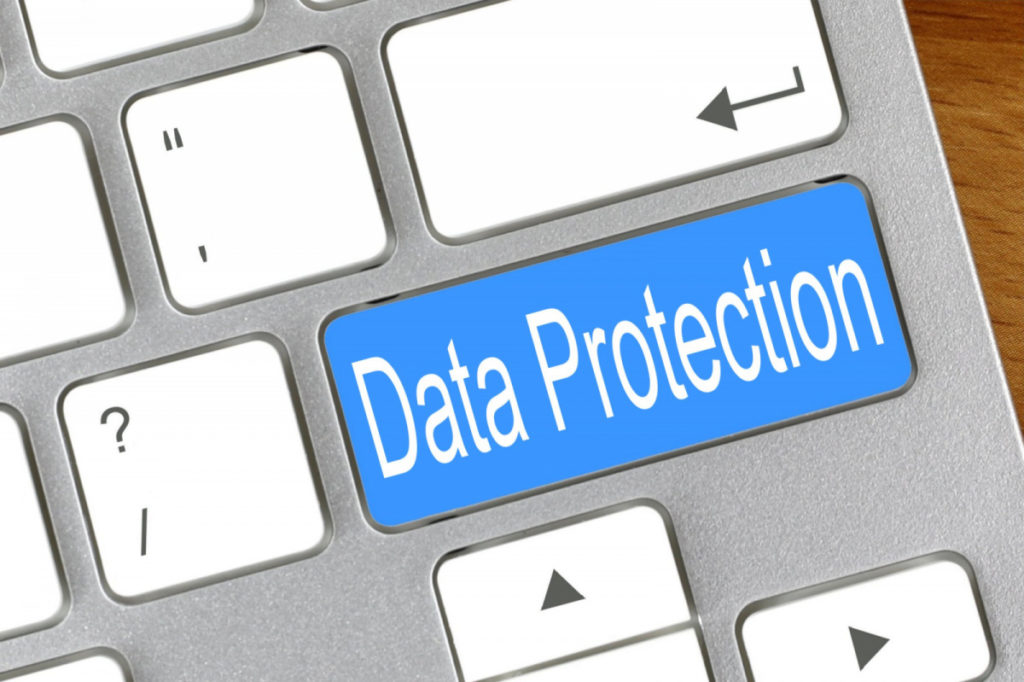Every day, more and more personal information is leaked online. Encryption helps protect your digital assets from malicious actors, but it can also make it difficult to share or retrieve sensitive data without knowing the password or code for a shared file. For this reason, you should have an emergency plan in place to access your data in the event of a lost or stolen device.

1. Encrypt your data
Encryption is used to secure your data because it adds an additional layer of security. Modern operating systems encrypt files and folders outside of the operating system, and they also encrypt files and folders when they’re inside the operating system using encryption methods such as BitLocker.
The Windows 10 File History feature can be used to provide an additional level of protection for files that you save to removable drives, such as flash drives, external hard drives, or USB sticks.
2. Ensure you make data backups
Back up computer data often, and not just to external hard drives or disc drives. If you use cloud backup services, be sure to create a backup regularly so that you have the option of restoring files in the event of a data loss.
3. Encrypt your backups to protect against malware
Backups are an essential part of keeping vital files in case they become lost or stolen. The same rules apply here: access your backups and only make incremental changes. Encrypt your backups to prevent anyone else from accessing them through simple file-sharing or email and encrypt copies to ensure that you can access them if your hard disk fails.
4. Temporarily remove files while you access them
If you need to access sensitive files, you can either move them to a folder that’s not easily accessible or temporarily remove them with the help of file and data encryption software.
5. Use OneDrive sync instead of USB drives or discs
If the need arises, you can use your local memory drive instead of external storage to store sensitive documents and minimize their risk. You could also consider using OneDrive cloud-syncing service if your employer has signed up for an Enterprise Plan.
You should also know about these steps when it comes to keeping your Windows 10 system safe from malware and other threats in general.
If possible, refrain from opening links and attachments from unknown sources. This can help you prevent malware and other threats from getting onto your computer in the first place. It’s also best to install any required software or updates as soon as they become available because this helps protect your system against common vulnerabilities.
If you are a victim of identity theft or phishing bait, report it to the proper authorities and consider changing passwords for all of your online accounts. If you suspect that any data has been stolen, contact your local law enforcement agency immediately.
Follow these steps to protect yourself against malware and other threats in Windows 10. The tips above will help keep your files safe, but there’s always more that you can do.